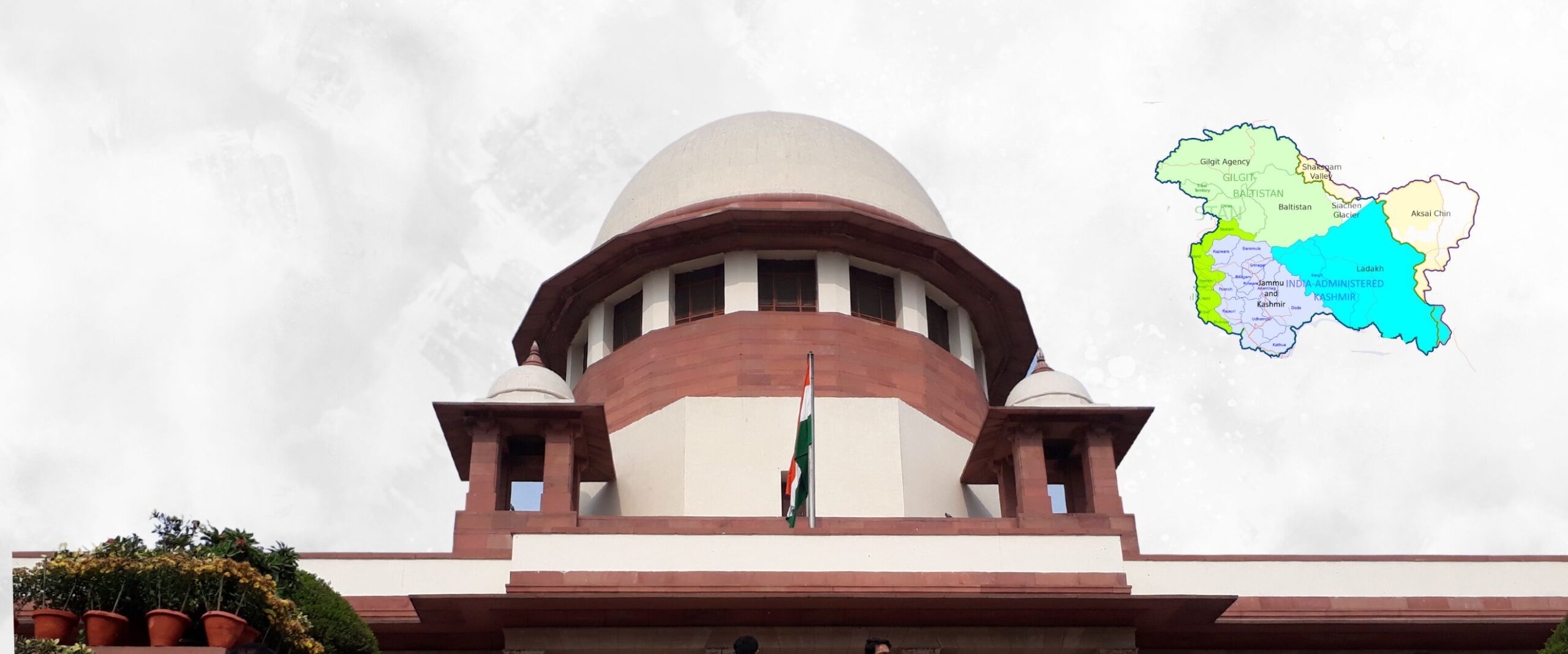
13 NEW PATENT LAW
Till 1970, the classical system of patent law was operative in India. Under that system, exclusive rights of production and distribution of a product are granted to the patent holder. This law was inimical to the interests of consumers in this country who were forced to pay monopoly prices on drugs and medicines purchased by him. It also inhibited the growth of India's domestic pharmaceutical industry. This iniquitous situation was ended, by passing, by the Parliament, the Indian Patent Act of 1970.
Beginning of a New Era
This marked the beginning of a new era in India's drugs and pharmaceutical industry. The industry has shown remarkable growth in the last 35 years. This has placed the industry in a happy position to face the challenges posed by the Patent Act 2005.
The new patent law marks compliance, by this country, of Trade Related Intellectual Property Rights (TRIPS) agreement which a member of the World Trade Organization (WTO), it was obliged to do by Jan. 1, 2005.
Even so, problems and concerns over the Indian pharmaceutical industry, continuing to have its joyful ride in growth that it had in the last thirty-five years of 1970 patent act regime and retaining its ability to supply useful drugs at low cost, still remain.
The Government has asserted that around 95 percent of drugs in use at present do not come in the purview of the patent law and, therefore, remain in circulation at old prices. Further, patent rights in force at present in respect of other drugs will remain valid for five years during which a drug is to be sold to the common man. This, it is claimed, will take care of the problem of the patent holder hiking the price of the product beyond reasonable limits. The licensing system to be introduced as stipulated under the new patent act, is expected to curb that tendency.
Indian Patent Rules were amended in 2003, 2005, 2006, 2012, 2013, 2014, 2016, 2018, 2019 and 2020. The 2006 amendment of rules introduced reduced time lines and a fee structure based on specification size and number of claims, in addition to a basic fee.
Patent amendment rules 2019 introduced a patent agent shall submit all documents only by electronic transmission duly authenticated. Further, fee reductions for small entities, and fast track examination for specific applicants including females were introduced in 2019.
India's Patent Rules in 2024 bring several key changes aimed at improving procedural efficiency and supporting innovation:
Pre-Grant Opposition Timelines: The timeline for submitting a pre-grant opposition has been clearly defined. A patent cannot be granted until six months after publication, allowing sufficient time for interested parties to file oppositions.
Reduction in Renewal Fees: A 10% reduction in renewal fees is offered if the fees for at least four years are paid in advance through electronic means. This incentive encourages the timely maintenance of patents .
Extended Power of the Controller: The Controller of Patents now has enhanced authority to extend deadlines and condone delays for up to six months, as opposed to the previous one-month extension. This provides greater flexibility in managing patent processes .
Changes in Forms: Various forms used in patent applications, such as Form 1 (Application for Grant of Patent) and Form 3 (Statement & Undertaking), have been updated to improve clarity and process management .
Expansion to Include Design Specifications: Rule 110 now requires patent agents to handle both patent and design specifications, indicating a broader scope of responsibilities for patent practitioners .
